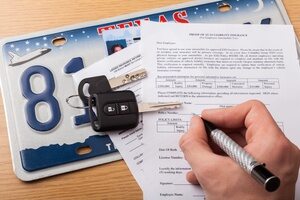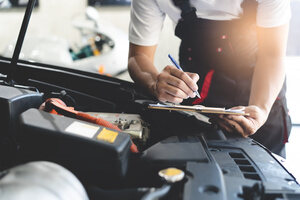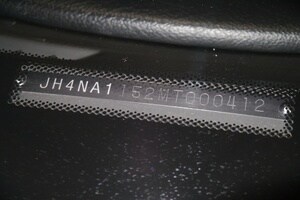Creating a custom built car is an exciting and extensive process, but unfortunately the work isn’t done once the car is complete. It must first be registered for it to be legal to drive on the road.
If you’re building your own custom vehicle and you’re unsure of how to register it, don’t worry. Registering a custom-built car can be tricky, but it is not impossible if you adhere to certain steps.
Why Registering a Custom Car Is Important

If you do not register your car in the state where you live, your custom build will not be legal on public roads. That means it’s illegal to drive it on any road, including freeways and highways. If you were to get pulled over driving an unregistered car, it could lead to high fines or potentially even legal trouble, depending on your state.
You will also have trouble getting insurance for it if the DMV doesn’t recognize your vehicle as a registered automobile or truck. If you were to get into an accident without insurance in an unregistered car, you would not be covered and it could result in a misdemeanor.
Photo documentation of the vehicle needs to be conducted
You must have a complete set of pictures that clearly show how the vehicle was built. These pictures would include things like photo documentation of the engine, chassis, body and interior. Other pictures should clearly show how each part of the car was constructed, such as building an engine from scratch using all new parts.
Here is a list of photos that should be taken during the construction process:
- Photos of the car in its current state
- Photos of the car before it was built (this may include photos of your design being built on paper)
- Photos of the car during building process (with tools and materials)
- After completed: With or without accessories, with or without paint job
Write a full statement of construction

The statement of construction of your custom built car should include all parts used in construction as well as detailed descriptions and/or diagrams of how the car was built. This must include date, location, and time at which each part was obtained and proof that each part was legally obtained, if possible.
If you cannot prove that your parts were legally obtained (such as being unable to provide an invoice for the purchase), then we recommend attaching a note stating that the vehicle has been built by hand with parts from various sources including junkyards, garages and private sellers.
Bring your custom-built car to a DMV location where it will pass a safety inspection
Once you’ve finished building your custom-built car, bring it to a DMV location for inspection. The DMV will inspect the car and give you a certificate of inspection, which you’ll need when you submit your application.
The safety inspection is required for all vehicles, regardless of age and condition. The inspection is necessary to ensure that the vehicle is safe to drive and meets all state requirements. The inspector will look at everything from brakes to lights and tires, which are all covered by your state’s inspection guidelines.
The VIN number will need to be assigned to the vehicle

In addition to submitting the application form and paying any associated fees required by your state, you will also need to submit a copy of the vehicle’s bill of sale and a VIN verification report from an inspection station. The VIN (Vehicle Identification Number) is a unique identifier for the car, assigned by the manufacturer or registered by the owner.
The VIN is a 17 digit number, made up of letters and numbers that correspond with different parts of your vehicle. It must be assigned to all vehicles before they are sold on the market, but it can be assigned either by the manufacturer or by the owner. This will allow anyone who sees it to know exactly what type of car yours is, how old it is and where it was built.
After you have completed the inspection, you can submit your registration application to your state’s department of motor vehicles office either online or in person at an office location.
Rob’s Custom Car Is Here to Help
Registering your custom built car can be a complicated process, but it is not impossible. If you follow all of the steps listed above and are able to get through the registration process (which may take some time), then your car will soon be on its way to being fully registered in your state!
If you’re interested in building a custom car or have questions about the process, please get in touch with our team of knowledgeable car experts. Reach out to learn more or to schedule an appointment.
